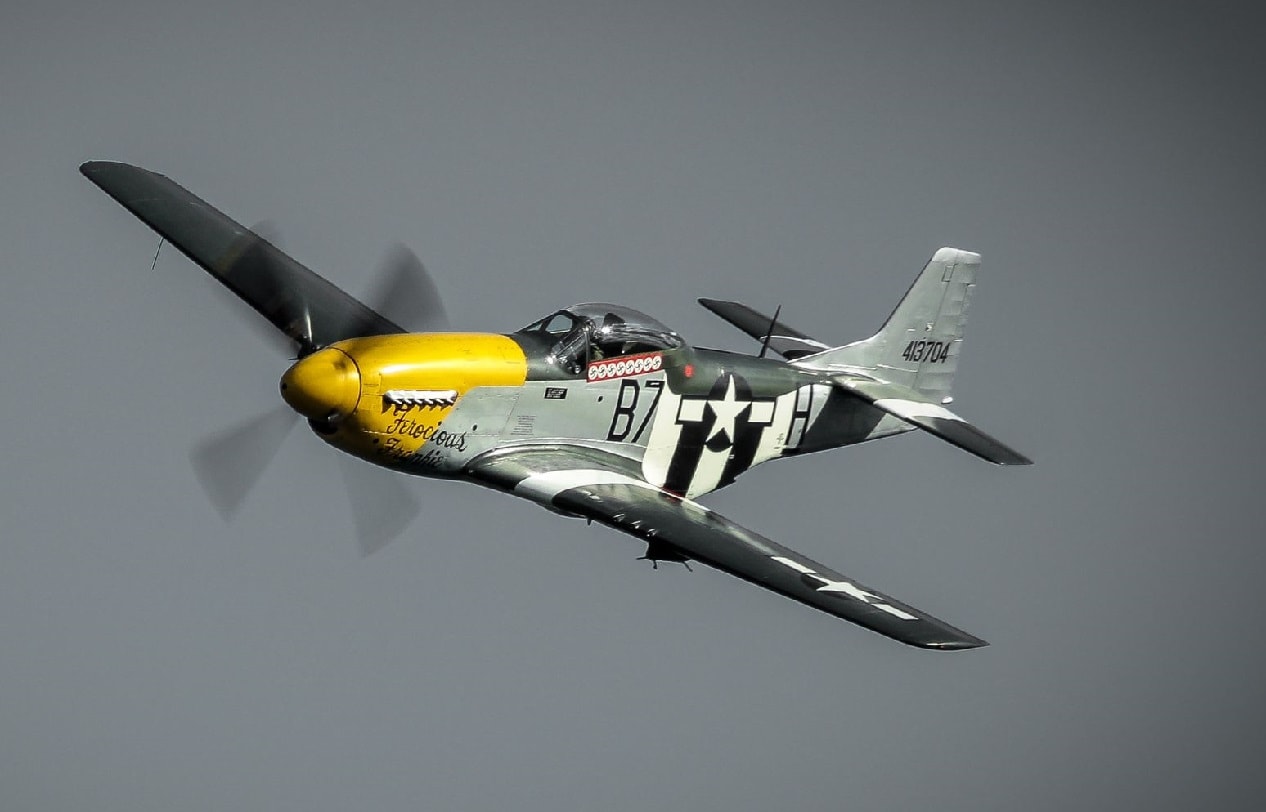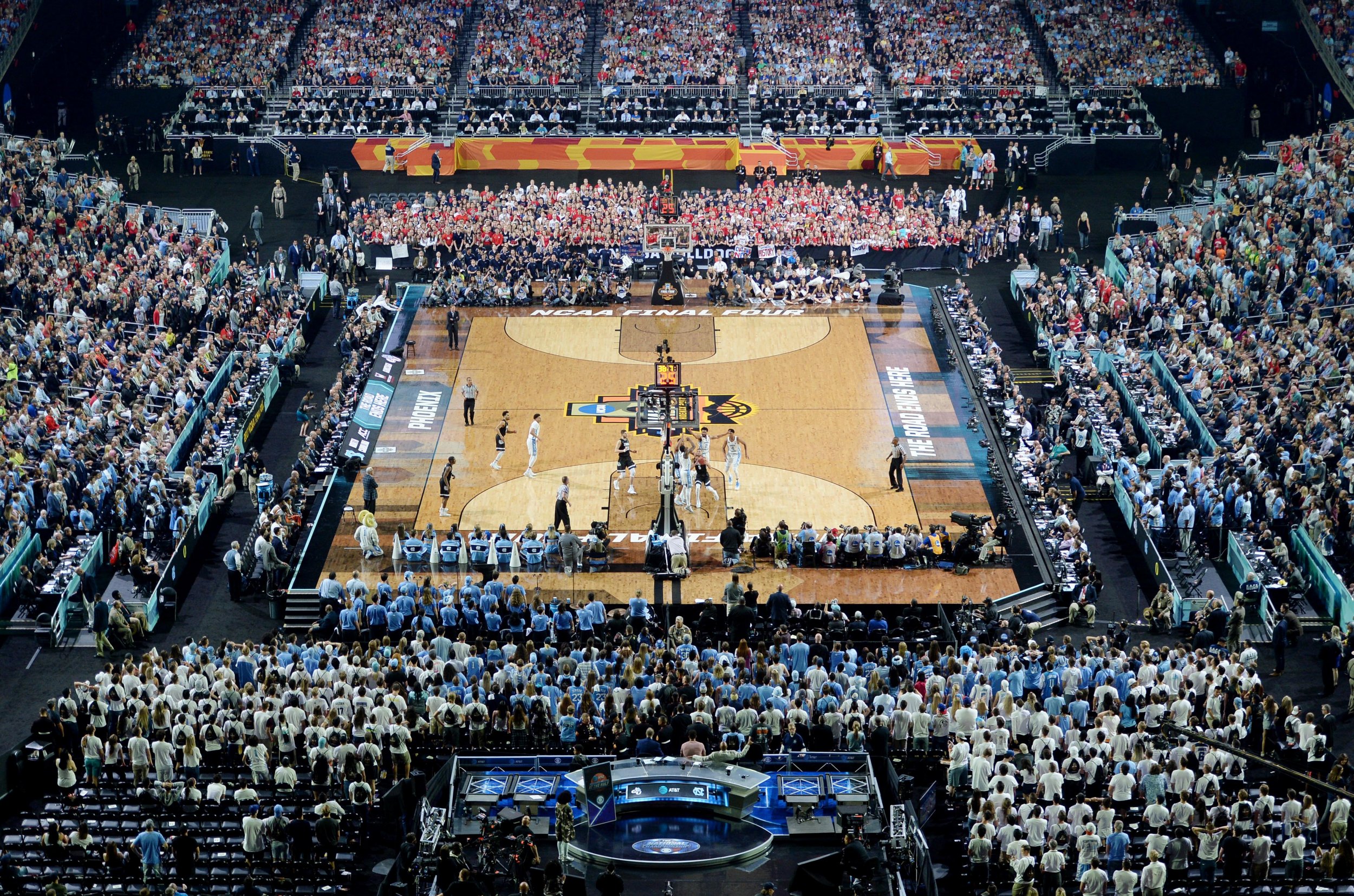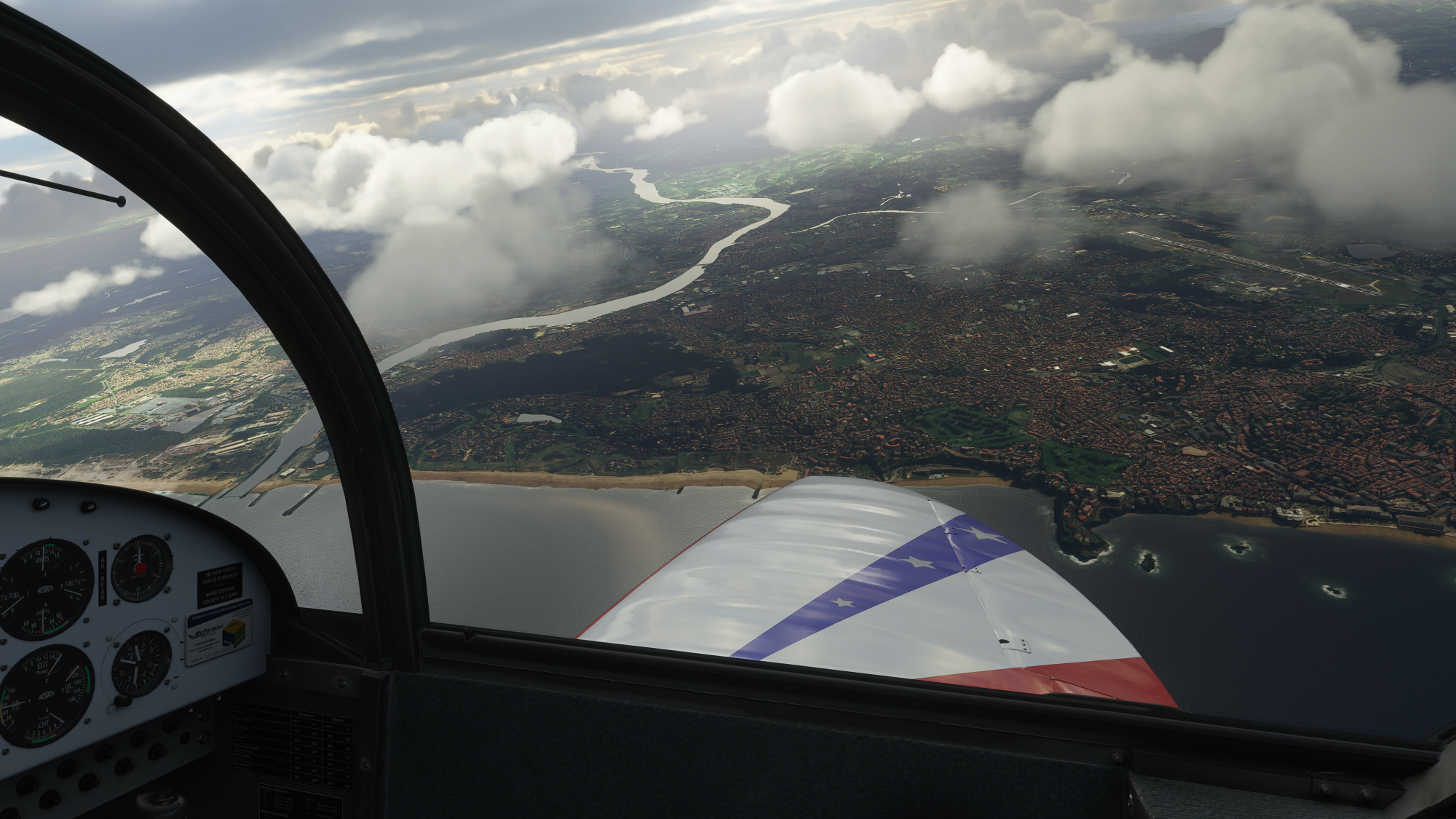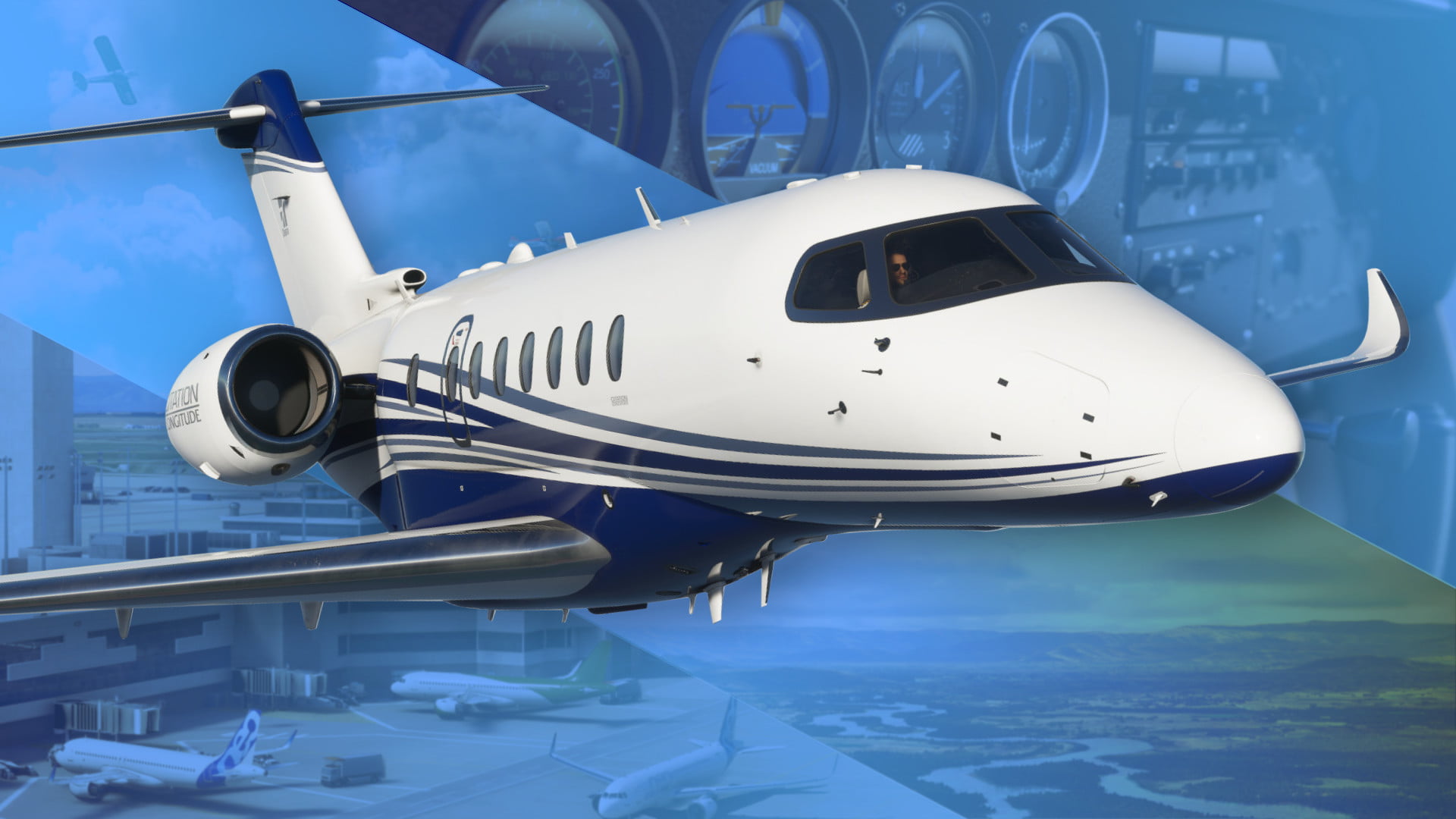New Stealth Aircraft - The Navy is also developing a new stealth aircraft in their F/A-XX fighter, which is expected to emerge in the 2030s as a replacement for the venerable F/A-18 Super Hornet and fly alongside F-35Cs for decades to come.
This program is expected to share a number of common systems with the Air Force's NGAD effort, although the aircraft themselves will likely be different. Yet, an emphasis on modular system design in both Navy and Air Force efforts will allow even dissimilar-looking fighters to share a great deal of commonality internally.
New Stealth Aircraft
Stealth development is often classified and, at the same time, some countries exaggerate their progress for geopolitical reasons. So, while we'll do our best to manage both in this article, but as such, it should not be considered exhaustive.
Honoring The Past
Alex Hollings is a writer, father, and Marine veteran who specializes in foreign policy and defense technology analysis. He holds a master's degree in Communications from Southern New Hampshire University, as well as a bachelor's degree in Corporate and Organizational Communications from Framingham State University.
Things don't always go to plan though. Over the course of secret military aircraft development, information can get out through leaks, whether deliberately staged or not. Sometimes a necessary distraction from true intentions and other times a complete fluke that was never meant to happen, these 10 military aircraft were meant to be kept secret, but ended up being revealed to the public through leaked information:
In the video, released on Monday evening, a young naval pilot from an aircraft carrier aviation unit is ordered to undertake a new, challenging task and walks towards what appears to be a stealth fighter jet.
In 2018, China seemingly confirmed that its upcoming H-20 stealth bomber would leverage a flying wing design reminiscent of America's own B-2 Spirit. In a video released by the Aviation Industry Corporation of China (AVIC), an aircraft that looked like a flying wing sat under a drop cloth in a strikingly similar presentation to Northrop Grumman's own SuperBowl commercial featuring the forthcoming B-21 Raider.

These, however, are pretty much the same aircraft but designed to be deployed differently. A new variant would cost billions of dollars to develop and would be redundant. So, the contract is most likely designed to develop peculiar adjustments for the needs of a specific customer, much like the F-35I "Adir" variant developed for the Israeli Air Force.
India wants to offset China's strategic edge in stealth aircraft that was created by the J-20 and is being compounded with the J-31, and is invested in fielding a low-observable jet that can stand and swing with its rival's.
In 2016, the picture of the B-21 above was released showing the basic form of the B-21. This year, a more detailed rendering of the aircraft was released by Northrop Grumman (top picture of this entry).
While details are slow to emerge, Northrop Grumman's leak of the B-21's true form came without US air force comment or explanation, and is the closest and most detailed look the public has received into the future of American stealth bombers.
While recently, a video was released by Russia showing the drone taking its first flight, the first true glimpse of the Okhotnik-B came in the form of leaked photos. Developed in secrecy starting in 2011, the Okhotnik-B's true form was revealed when pictures were posted to Russian social media in 2019 showing the mysterious aircraft being towed at an air force base Russian President Vladimir Putin was visiting.
Today, America's lead in low-observable aviation remains palpable, with two operational stealth fighters and the world's only fleet of heavy payload stealth bombers, but the rest of the world is working towards closing the gap. Thirteen American allies now operate their own F-35s, and several new stealth platforms are in active development within the secretive confines of R&D facilities all around the globe.

China was the second country to field its own stealth aircraft, thanks in no small part to a great deal of espionage and intellectual property theft. Today, there are at least two more stealth aircraft in development, headed for Chinese runways in the years to come.
The F-35A is the conventional take-off landing variant that is used or will be used by most of the current and future customers. The F-35B is the short take-off and vertical landing (STOVL) version specifically designed for the United States Marine Corps but also used by the British Royal Navy and Italian Navy.
Closing the list is the F-35C, which is the aircraft carrier version of the stealth fighter jet. The B-21 was designed with that competition in mind. Northrop Grumman's rundown of the new bomber's abilities said that while adversaries "continue to invest in and develop advanced weapons," the B-21 will allow the US to penetrate enemy air defense and hit targets "anywhere in the world."
While the initial phases of development were kept in the dark, come 2011, full pictures of the J20 were suddenly leaked to Chinese message boards and newspapers. With no effort by the Chinese state to censor or prevent the photos from spreading, it's theorized that the leaks were intentional to debut and show off the aircraft, but regardless, were the first looks the world got at the new fighter.
A Pentagon assessment released in 2021 indicated that this new stealth aircraft likely meets or exceeds China's intended aims, although it appears as though this platform will be closer to the B-2 in capability than America's forthcoming B-21.
The wreckage was destroyed with explosives by special forces, but the tail section remained and was found to be unlike anything confirmed to exist in America's arsenal. With photos of the tail section leaked (pictured above), connections were made to the previous plans and concepts for a stealth Black Hawk, and were furthered by yet another leaked photo (first in this entry) that showed a mysterious, stealthy looking Black Hawk

up close. Currently, 13 countries operate more than 700 F-35s stealth aircraft from about 27 bases worldwide. The U.S. military alone is planning to purchase about 2,500 aircraft of types, with 1,700 F-35As for the Air Force, 350 F-35Bs for the Marine Corps, and 270 F-35Cs and 70 F-35Cs for the Navy and Marine Corps, respectively.
Instead, the pilots and crew "ditched at sea, bailed out, or crash-landed in China," according to the National Museum of the US Air Force, many reaching safety with the help of Chinese citizens. According to the museum, as many as a quarter of a million Chinese citizens were later executed by the Japanese as punishment for assisting the Americans.
The Air Force on Friday unveiled its newest stealth bomber aircraft, the B-21 Raider, in Palmdale, California. Built by Northrop Grumman, the bomber was named in honor of the "courageous spirit" of airmen who carried out the surprise World War II Doolittle Raid.
This fighter is also expected to fly alongside drones, and will almost certainly place a large emphasis on increased payload capacity and unfueled range, all with an eye toward offsetting the strategic advantage China's long-range anti-ship missiles have created in the Pacific.
Initially, a partnership between France and Germany that began in 2017, Spain recently joined this program that aims to field a 6th generation fighter akin to those under development within allied nations like NGAD and Tempest.
Similar to those platforms, this next-generation stealth aircraft will leverage drone wingmen that take their cues from a crewed primary fighter. I fully agree, china likes to cheat and copy their way into the conversation and Russia is a corrupt paper tiger that lacks everything including the military capable of flying and maintaining anything 5th gen nevermind 6th.

America will always have an edge in air superiority! Rather than risk the aircraft being revealed through conditions out of CIA and government control, the White House announced the existence of an ultra-fast experimental aircraft in 1964 and leaked information on the armed YF-12 interceptor prototype - omitting any mention of its role in
developing the SR-71 and A-12 spy planes. This acted as a distraction from the SR-71 and A-12's true purpose and scale of production, helping to maintain the spy plane's secrecy for decades. In July 2021, Russian aircraft manufacturer UAC unveiled the nation's newest stealth fighter, the LTA Checkmate, at the MAKS air show at Ramenskoye airfield near Moscow.
The unveiling received massive global exposure, with Russian officials claiming this new fighter would not only compete with stealthy platforms like the F-35, but also do it for as little as $30 million per airframe. The KF-21 made its maiden flight in July of 2022 and conducted its first supersonic test flight just last month.
The KF-21 Block I aims to field an air superiority platform to replace very dated F-4 and F-5 fighters still in service, with Block II aiming to increase the platform's capability set to make it a truly multi-role platform.
Developing a new aircraft for the military is an immense undertaking. As some of the ultimate machines, aircraft require intense engineering for every minor part, and as a cohesive unit can take several do-overs to get right.
If said aircraft is public knowledge, this isn't the biggest deal, nor test flights, and any developments can be conducted and announced on demand. It's all moot. Next week the impotent clod in the white house will demand all US craft combat racism by converting to electric, at which time they'll fly about 30 feet before they run out of juice.

Kamala will follow up, saying, "But we're working on really long extension cords." Russia's stealth efforts have long been hampered by the nation's struggling economy and international sanctions, which have only intensified since Russia's invasion of Ukraine last February.
Nevertheless, there are at least two stealth aircraft currently in development for the Russian Federation, although it's unclear if either will ever ultimately fly. According to a Department of Defense press release published on December 27, Lockheed Martin has been awarded a contract for engineering and other related activities in order to design and develop a new variant of the F-35 Joint Strike Fighter aircraft.
The bomber won't undergo "block upgrades," according to Northrop Grumman, which is a method of periodically upgrading parts of a system. Instead, the company said new "technology, capabilities and weapons will be seamlessly incorporated" through software upgrades.
But, a lucky break came in 1976, when Soviet pilot Victor Belenko stole one of the secretive interceptors, and defected with it, offering the aircraft in exchange for asylum in America. Landing in Japan, the unexpected arrival brought much attention.
Rushing to see the mysterious aircraft, close up pictures of the MIG-25 were taken by reporters, and leaked to the public. Also, the USA was able to fully dismantle and study the jet, solving the mystery of the MIG-25's capabilities and purpose.
But, in the world of classified military projects, the development of new aircraft is made even more intense thanks to the veil of secrecy required at each step of the way. Whether it's for stealth technology, or a new weapons system, secret aircraft are desperately kept a secret to stay ahead of the competition and keep their new developments out of enemy hands.
This program has been underway since 2010 and Turkey intends to unveil its first completed prototype sometime this year. Turkey had plans to purchase F-35s to operate alongside its homegrown fighter, but after those plans fell through, concerns were also raised about the nation's ability to source American-made 5th-generation engines.
As such, this aircraft may be forced to fly with older engines, compromising some degree of its low observability. Turkey hopes to have this fighter in service by 2028, but that timeline is admittedly optimistic. "We wanted [to] ensure the aircraft had a strong name airmen could take pride in, especially those who will have the opportunity to fly and maintain the B-21," Lt.
Col. Jaime Hernandez, commander of the 337th, said in 2016. "We also wanted to take an element of our history into account, and the story of the Doolittle Raiders embodies just that."
latest stealth aircraft, new air force bomber b 21, new us stealth aircraft, new stealth bomber b 21, new us stealth fighter jet, new military bomber aircraft, usa new stealth bomber, new stealth plane
























![Mkm144133] Mirage Iiidp/5Sdd/5Dm/Nesher T Two-Seater 'Asia & Africa'](https://www.4pluspublications.com/wp-content/uploads/2022/04/MKM144133-Mirage-IIID-Nesher-Two-seater-Asia-Africa_box.jpg)






